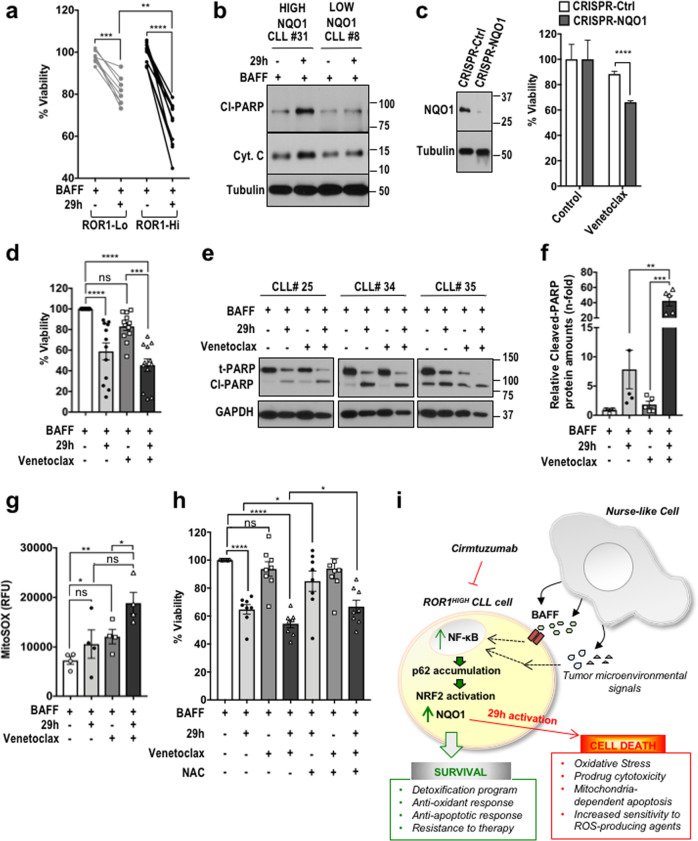Fig. 6. NRF2 activation protects CLL cells that express high ROR1 from the ROS-inducing drug venetoclax.
a Relative viability of ROR1Hi and ROR1Lo CLL cells pretreated with BAFF for 1 hr and treated with 0.25 μM 29 h for 24 hr. b IB analysis of cleaved-PARP (Cl-PARP) and cytoplasmic cytochrome C (Cyt. C) in CLL cells that are either NQO1 high or low and treated as in (a). c Relative viability of CRISPR-Ctrl and CRISPR-NQO1 MEC1-ROR1 cells treated with 1 nM venetoclax for 48 hr. d Relative viability of ROR1Hi CLL cells stimulated with BAFF for 1 hr and then treated with 1 nM venetoclax and 0.25 μM 29h either alone or in combination for 36 hr. n = 12. e IB analysis of cleaved PARP (Cl-PARP) and total PARP (t-PARP) in ROR1Hi CLL cells treated as in (d). f Relative cleavage of PARP in ROR1Hi CLL cells treated as in (d). n = 5. g MitoSOX relative fluorescence in ROR1Hi CLL cells treated as in (d). n = 4. h Relative viability of ROR1Hi CLL cells pretreated with 1 μM N-acetyl L-cysteine (NAC) for 1 hr and then stimulated with BAFF and treated with 1 nM venetoclax and 0.25 μM compound 29h for 36 hr. n = 8. *p < 0.05; **p < 0.01; ***p < 0.005; ****p < 0.001; ns, not significant. i Schematic working model summarizing our results.

